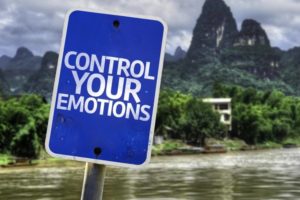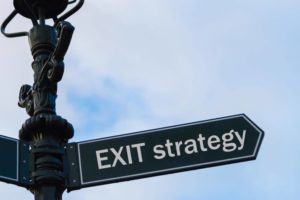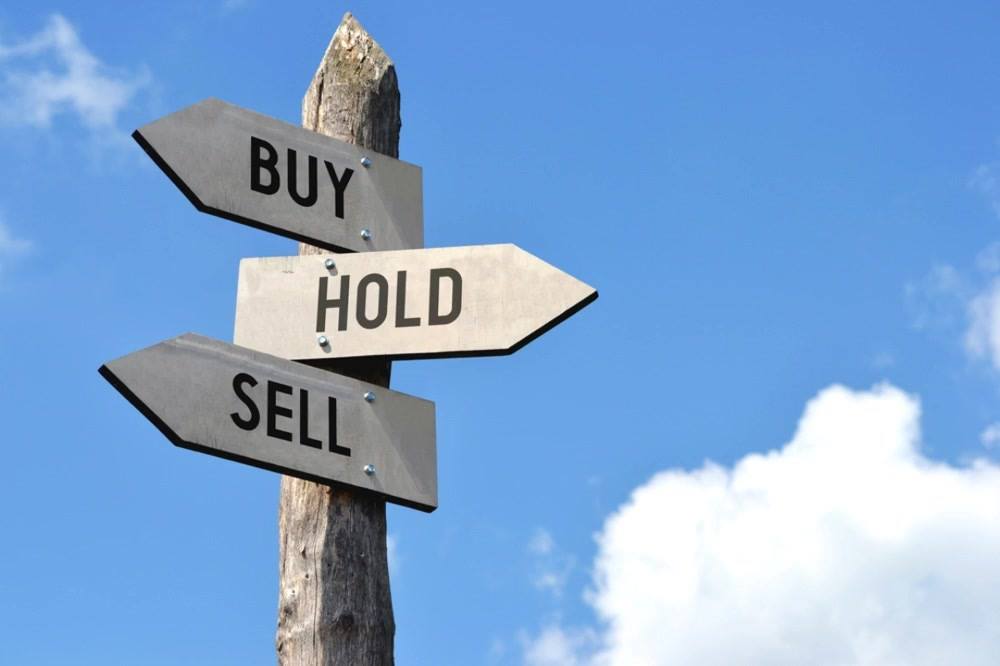Very few Forex traders realize the importance of having an exit strategy. Majority of the traders are just focused on learning how to pick up a good entry strategy and the exit strategy lies ignored somewhere at the corner. It is a fact that you will find numerous brilliant market analysts out there who can judge the market direction with 80% precision but still suck at making profits, simply because they are awful at exiting the trade.
Considering that a properly planned exit can make or break a winning trade, it is crucial to know how to exit a trade and in order to do this perfectly, you need to understand a lot of factors involved in the process.
Correct Your Misconceptions
You need to have the right mindset in order to succeed at Forex trading, and having the right mindset includes correcting your preconceived notions too. Majority of the Forex traders look at exits as a way to take rewards or profits. But that is not the entire story.
Exits must include not only rewards/ profits, but also ‘break even’ and ‘stop losses’ too if you want them to be perfect.
Forex Trading is Not Always about Winning
 No one likes to lose, especially when it involves losing hard earned money. An overwhelming number of Forex traders are into this business just because they think that it is a shortcut to making loads of money. But the bitter and plain truth is that Forex trading is not always about winning or making money. Losses are an integral part of the game. The sooner every trader accepts this fact, the better for them.
No one likes to lose, especially when it involves losing hard earned money. An overwhelming number of Forex traders are into this business just because they think that it is a shortcut to making loads of money. But the bitter and plain truth is that Forex trading is not always about winning or making money. Losses are an integral part of the game. The sooner every trader accepts this fact, the better for them.
Losses in Forex trading could be due to various reasons like not being able to judge the markets properly or due to engaging in emotional trading or taking excessive risks etc. But one of the most important reason behind a losing trade is NOT knowing when to exit the trade and hold back.
Realizing that losses are a part and parcel of the game helps you in taking timely decisions without an emotional hang-up and this includes exiting a trade in a timely manner without risking too much of your capital.
No Place for Emotions
 Emotions have a place in your life but they are best kept away while trading. Emotional trading has never led to successful trades and you must discipline yourself to say NO to your emotions and use only your logic and knowledge while trading. Always take the next decision while trading based solely upon the market trends and the real picture presented by the price action in the charts.
Emotions have a place in your life but they are best kept away while trading. Emotional trading has never led to successful trades and you must discipline yourself to say NO to your emotions and use only your logic and knowledge while trading. Always take the next decision while trading based solely upon the market trends and the real picture presented by the price action in the charts.
Profit Targeting
Profit targeting is a very touchy topic for most of the traders. It seems extremely hard for people to decide how much of the rewards must they actually settle for. Like I mentioned in the previous section, emotions run quite high when it comes to money and raking in profits and reaping rewards. Not using practical logic and simply banking on emotions to decide your profit targets is a huge mistake and can lead to either no profits at all or profits quite below your original target.
When you enter the trade your mind is functioning comparatively well and emotions are not so high and your entry is probably based on price action and logic. But as the trade progresses, you see the highs and lows and your emotions dive right in pushing your logic and entry strategy to the corners. This is when you decide not to exit even when the initial profit target has reached, because your greed for more fools you into thinking that the markets will continue to rise and you will make more than your initial target.
Limiting Losses
Just like profit targeting, you also need to keep your losses under control by using stop losses option. But the toughest part for most traders is to decide the exact level at which to set the right ‘stop loss’. Like profit targeting, settling for losses is also a deeply emotional matter. After all who would like to settle for losses? Deciding how much of a loss to settle for is even much harder and it is highly imperative to keep your emotions under wraps to be able to take the right decision.
But stop loss is a great option to use when you are not actively monitoring the trade. So when compared to active trade monitoring, managing your trades in your absence with parameters like profit targeting and stop loss is actually easier because your emotions are not jeopardizing your decision to exit the trade.
Settling for Less
 Actually, your 1:2 or 1:3 risk to reward does not need to be absolutely “inflexible”. Occasionally, you can use your wisdom to exit a trade at lesser profits, provided this decision is NOT based on emotional factors.
Actually, your 1:2 or 1:3 risk to reward does not need to be absolutely “inflexible”. Occasionally, you can use your wisdom to exit a trade at lesser profits, provided this decision is NOT based on emotional factors.
If the price action warrants it, then settling for lesser profits is okay and quite recommended.
Manage Your Trades Carefully
Though emotions do not jeopardize your decisions to enter or exit trades when managing your trades with preset parameters like mentioned in the previous section, you cannot guarantee 100 % success with this method too.
It is important to understand that you have set your parameters based on certain observations of the market and you then embrace a hands-off approach. You are basically setting your trades and deciding your profit targets and stop losses based on what you observe with regard to the market trends and price action at the time of setting the parameters.
But markets are NOT passive and they can go either up or down or present huge reversals, and in such a situation your pre-set parameters can jeopardize your trades just like your emotions. So you simply cannot set the parameters and automatically manage the trades without having to intervene manually once every 4-8 hours.
If you have set your profit targets and stop losses at a certain level, but return after couple of hours and notice that the current market condition has changed and the previous signals are now shifting in the opposite direction then you must act swiftly and close the trade even if you haven’t achieved your profit target of 2R (based on the current market observation).
Features of an Effective Exit
 Finally how do you decide whether your exit as effective or not? What kind of observations would you find if your trade exit has been executed effectively? Well, here are some of the outcomes of an effective trade exit.
Finally how do you decide whether your exit as effective or not? What kind of observations would you find if your trade exit has been executed effectively? Well, here are some of the outcomes of an effective trade exit.
- Your losses would be either equal or lesser than your initial risk amount and never exceed it by any chance.
- Your decision to exit is based purely on market trends, price action and logic and not even a wee bit on emotional factors.
- You settled for lesser profits and exited the trade NOT because your emotions pushed you into panic mode but because the markets presented a massive reversal and you had solid price action based logic to support your decision.


